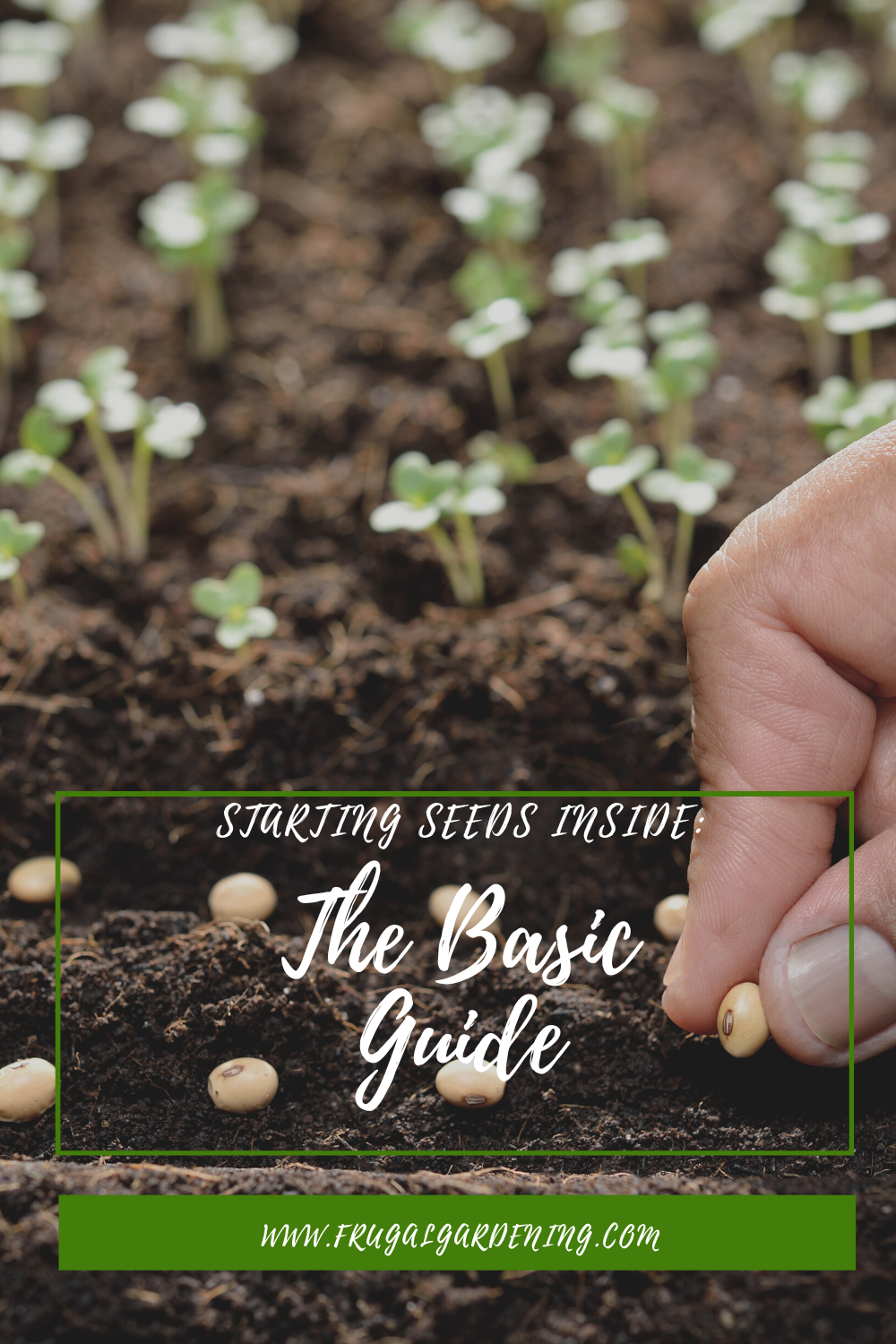
This is the time of year my family would begin starting seeds inside. The first week of February was about dreaming of summer by fixing the soil in seedling trays. The next several weeks brought tiny little plants that always fascinated me.
This post will teach you the basics of seed starting and give you a list of great veggies to germinate before planting.
Germinating Seeds
Germination is the process by which a seed leaves dormancy and begins to grow. Many people like to eat these young plants as sprouts or microgreens.
When Should You Start Your Seeds?
This will depend on 2 factors: where you live and what you are starting. The general rule is to start most veggies 8 weeks before your area’s last frost date, but some have unique requirements.
How to Start Your Seeds
You only need a few things: a container, a medium, seeds, and water. Then, follow the directions on the back of the seed packet for individualized instructions on the best methods for starting those seeds.
The Container
The container can be a special seed starting, pot, or even a milk jug. The criteria you need to meet is the container needs to be easily covered. In addition, the humidity must be high at the beginning of the germination process, but you must remove the cover as the seedlings grow.
The Medium
Your medium can be peat moss mix, simple soil, or a paper towel. The most crucial part is that it keeps an even dampness. So you want it to hold a decent amount of water without staying wet to prevent mold.
The Seeds
Seeds that are from the previous year will have the best germination rates. Older seeds may germinate, but it could take longer, and fewer seeds will start to grow.
Water
Once you secure the seeds in the medium, you must use enough water to keep the soil damp but not wet. Overwatering can cause mold to grow.
Finishing Your Seeds
Cover your container with transparent plastic to keep the moisture and heat in to encourage the best conditions for germination. As your seedlings grow, you will need to remove the cover altogether. A few weeks before transplanting, you will need to set the seedlings outside for progressively longer times. This “hardening off” process lets the plant get used to the sun without sunburn.
Best Veggies to Start Inside
The following are just a few of the best veggies to start inside.
Tomatoes and Peppers
They easily germinate and take bout 6-8 weeks to be ready to transplant outside. These are super popular among gardeners, so you can find many varieties. Just sow in seed starting mix, water lightly, and place in a sunny spot.
Cucumbers and Melons
Another group of easily germinated plants, these don’t have as many varieties as tomatoes and peppers, but you will have no problem finding tasty ones that fit your needs. These also take 6-8 weeks to be ready for transplanting. Sow like tomatoes and peppers.
Lettuces
Sow in peat most a few weeks before the last frost date in your area. Then, place the container in a sunny window and transplant it as soon as the ground can be worked.
Conclusion
Starting your own seeds can save you money versus buying transplants. So what seeds do you start inside?
Read More:
10 Techiques to Increase Gremination Rate
10 Reasons Your Plants Don’t Germinate
Do I Really Need to Start Seeds Indoors

Ali is a homeschooling mom of 5 who includes gardening and food prep as important subjects in her school. She has been raising plants her whole life and learned how to garden from her father. When she isn’t caring for her plants, she can be found reading or hiking.
Leave a Reply